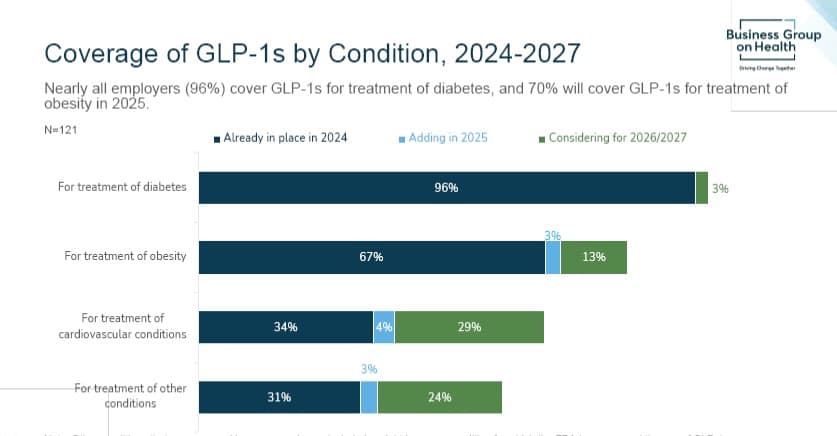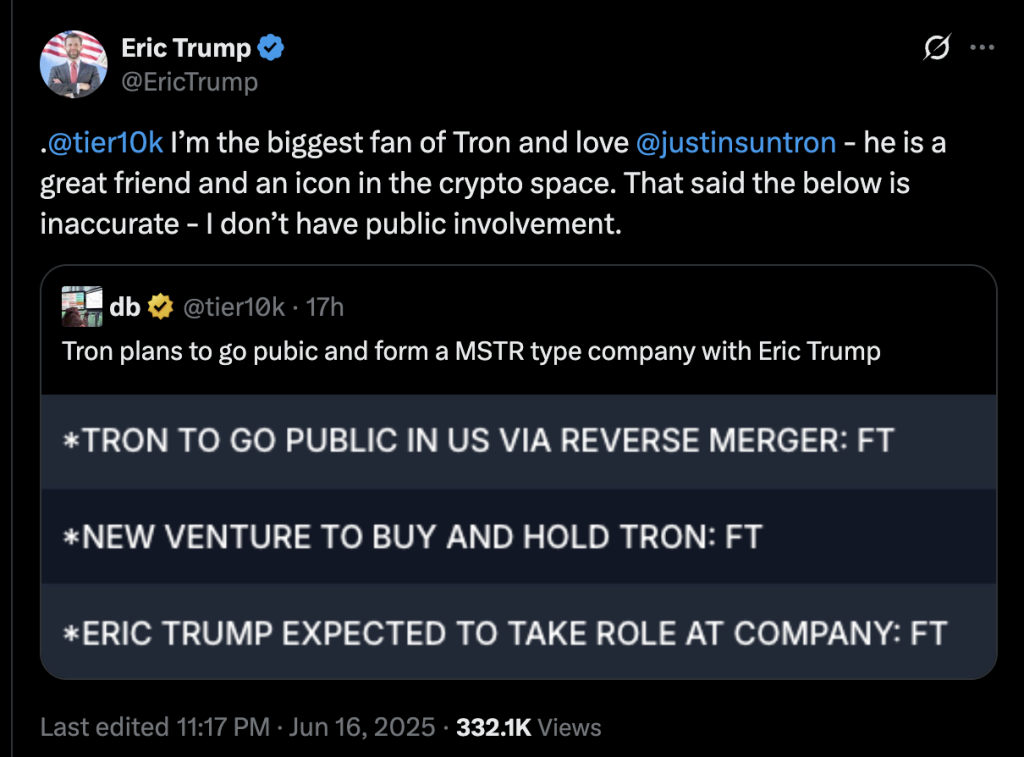Nathan Howard/Bloomberg
Tech companies’ relentless push into
Recently Microsoft reported that its emissions are
Is AI being powered exclusively by clean energy? “There is no physical reality for that claim,” said
Companies are buying credits — called unbundled
The current carbon
That’s because these carbon savings on paper are not actual emissions reductions in the atmosphere. If companies didn’t count unbundled RECs, Amazon could be forced to admit that its 2022 emissions are 8.5 million metric tons of CO2 higher than reported — that’s three times what the company disclosed and matches Mozambique’s annual impact. Microsoft’s sum could be 3.3 million tons higher than the reported tally of 288,000 tons. And Meta’s reported footprint could grow by 740,000 tons from near zero. (See below for methodological details.)
“Companies shouldn’t be allowed to use unbundled RECs to claim emissions reductions,” said Silke Mooldijk, who focuses on corporate climate responsibility at the nonprofit NewClimate Institute. “It’s misleading to consumers and investors.”
Not all tech companies have gobbled up unbundled RECs to obscure the rising emissions that have resulted from the hotly-contested AI race. Alphabet Inc.’s Google phased out its use of unbundled RECs several years ago after acknowledging that it doesn’t amount to real emissions reductions. “Studies have raised legitimate questions about whether [these credits] displace fossil-powered generation,” said Michael Terrell, senior director of energy and climate at Google.
Amazon relied on unbundled RECs for 52% of its renewable energy in 2022, making it the most dependent of the four on the instruments. A spokesperson for Amazon said the number of unbundled RECs the company uses is expected “to decrease over time” as more of its directly contracted renewable energy projects come online. Microsoft, which relied on unbundled RECs for 51% of its renewable energy, also plans “to phase out the use of unbundled RECs in future years,” a company spokesperson said.
A spokesperson for Meta, which relied on unbundled RECs and power from utilities labeled “green” for 18% of its renewable energy, said the company takes “a thoughtful approach” and that the “majority” of the company’s “renewable energy efforts” are focused on projects that “would not have otherwise been built.”
The thousands of companies using Amazon-powered AI for their customer chat bots, Microsoft’s AI Copilot for summarizing meetings, or Meta’s Llama for generating images may assume there are few or no energy emissions from relying on these models. It’s a powerful marketing tool for these big tech companies, helping to allay concerns of potential customers who are themselves likely under pressure from users and investors to lower their own carbon footprints. In reality, it’s creating a cascading impact of misreported emissions and growing demand for energy-intensive AI products.
“If consumers do not understand what the climate impact of AI is, because tech companies do not transparently report on it, then there’s no incentive for consumers to change their behavior and change to a different AI model,” said Mooldijk.
It’s a concern across finance, too. Banks and investors which tend to stuff big tech in sustainable funds too often take emissions claims at face value. “At the moment, there’s just not a sophisticated understanding of this issue,” said Gerard Pieters, a director at Tierra Underwriting that helps banks on clean-energy deals. “We’re still in a period where people make claims quite easily and they’re just copied and accepted as fact.”
Tech companies are the largest buyers of unbundled RECs in the world. Whether or not they continue buying these credits to make climate claims matters a great deal as more corporations look to cut their carbon footprint and green their credentials.
Back to the source
To understand how the companies’ use of RECs works, consider the origins of the power generated on a grid. Usually it comes from a mix of sources: from coal and gas to wind and solar. Climate-conscious companies are increasingly looking to secure power exclusively from sources that generate the least planet-warming emissions.
One way to do this is to sign a contract for clean power directly with the supplier through a power-purchase agreement, where a tech company is signing a long-term contract and thus taking on some of the risk for a period of 10 or 15 years. That, in turn, makes it easier for the developer to acquire the financing to build the solar or wind farm.
To help tech companies trace the source of that power, renewable-energy producers also issue energy attribute certificates, or RECs, which are a type of tracking instrument. However, RECs can also be bought on their own, separate from an electricity purchase. The
This idea — and the calculation that sprang from it — was developed when renewable energy was expensive to produce and not price-competitive with fossil fuels. The thinking was that the extra money renewable energy developers would receive in the form of a REC might work as an incentive to produce more wind and solar development than would have been otherwise and thus be “additional.”
Studies
Solar and wind power have now become cheaper than the fossil-fuel alternative, and a growing body of evidence shows that most unbundled RECs aren’t what those who count emissions call “additional.” That is, they don’t spur new wind or solar farms and thus there is no second value producers should be paid for, and certainly no emissions reductions for the buyer.
“The widespread use of RECs … allows companies to report on emissions reductions that are not real,” Anders Bjorn, assistant professor at the Technical University of Denmark, and a team of researchers, wrote in
Last month, Amazon claimed that it had
Like Amazon, Google claims to be 100% renewable powered on an annual global basis. In lieu of using unbundled RECs, Google purchases more clean energy than it consumes in some places, like Europe, and less in others, like Asia-Pacific, depending on the availability in those locations. Google, however, makes clear that it does not consume carbon-free energy on an hourly and location-specific basis. That’s now “our ultimate goal,” said Terrell.
Amazon, Microsoft, Meta and Google are following the accounting rules set out under the Greenhouse Gas Protocol that was first developed in 2001. Those disclosures underpin the analyses that investors rely on to make decisions about what counts as a green company. While the protocol has received small updates over the years, it’s due for a big update and experts
“Standards need to evolve, because measuring carbon emissions isn’t an exact science,” said Google’s Terrell. “It’s continuing to improve and we’re committed to helping improve it.”
Credit: Source link











